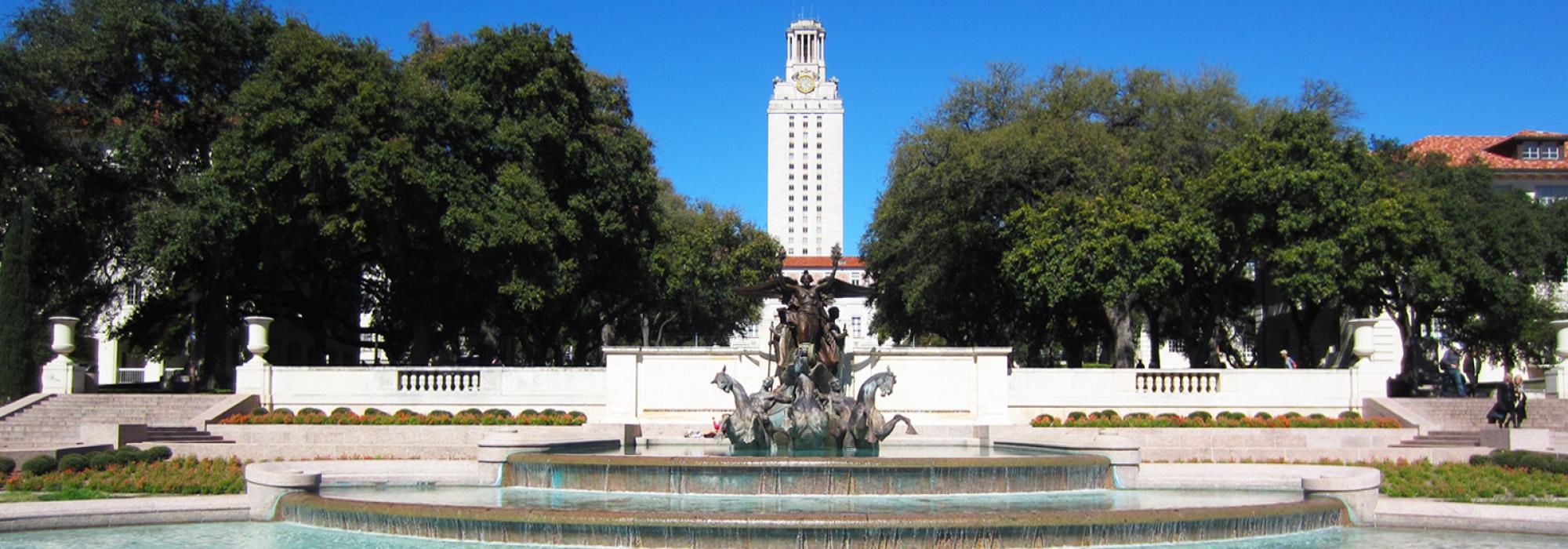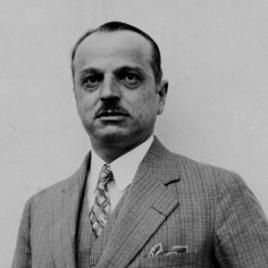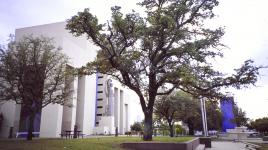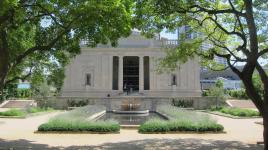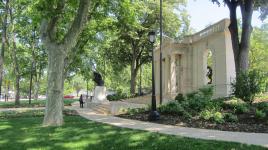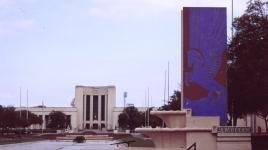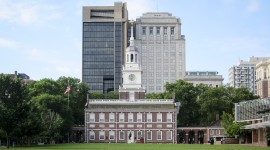Pioneer Information
Cret was born in Lyons, France, and attended the École des Beaux Arts. While in school, he won the Prix de Paris which allowed him to study in Paris before graduating in 1903. Upon graduation, he accepted a position as Professor of Design at the School of Architecture at University of Pennsylvania where he remained until 1937. At the same time, he developed a private architectural practice and became a leading practitioner in the Beaux-Arts style.
In 1907, he submitted the winning competition entry for the Pan American Union (now the Organization of American States), Washington, D.C., his first major commission. Additional commissions followed, including Philadelphia’s Rittenhouse Square in 1913. His many projects include campus plans and buildings for the Detroit Institute of Arts Museum; University of Texas, Austin; University of Pennsylvania; Philadelphia Zoological Gardens; U.S. Naval Medical Center, Bethesda, Maryland; and Tygart River Reservoir and Dam, West Virginia. Cret also served as the Consulting Architect for the American Battle Monuments Commission from 1925 until his death. Over the years Cret’s style continued to evolve, his designs invoked a historic design vocabulary while reflecting Modernist ideas. Two such projects are the Folger Shakespeare Library and the Federal Reserve Board Building, both in Washington, D.C.
Publishing and lecturing widely, Cret was awarded the Gold Medal by the American Institute of Architects in 1938. He served on the Commission of Fine Arts from 1940 until his death. After his death, his firm, Paul Philippe Cret, became Harbeson, Hough, Livingston, and Larson, now H2L2.



